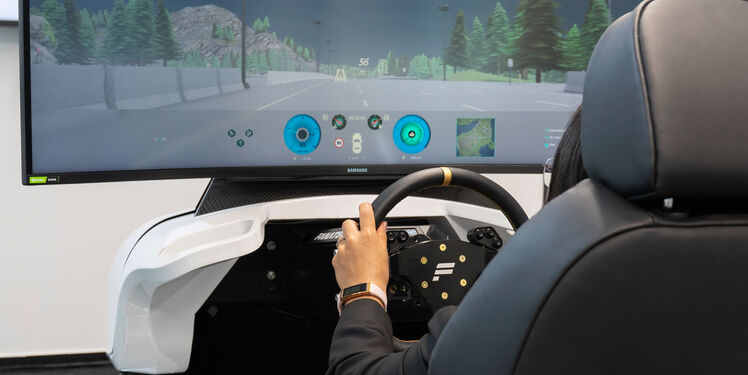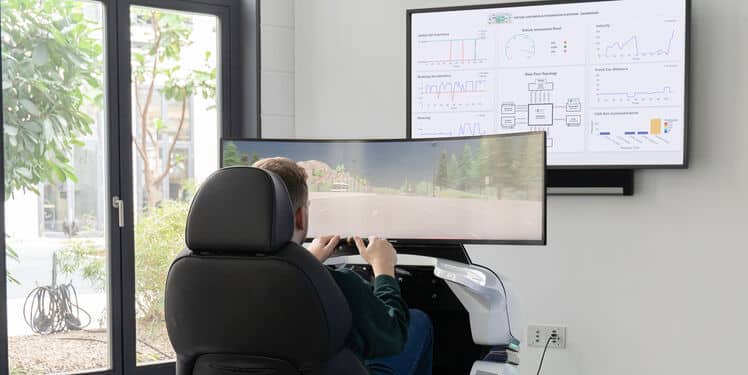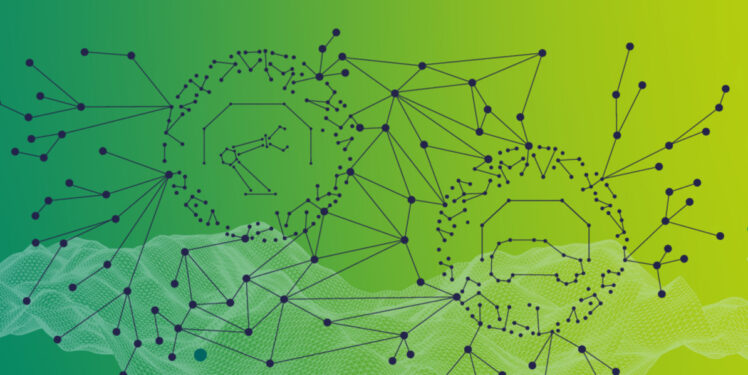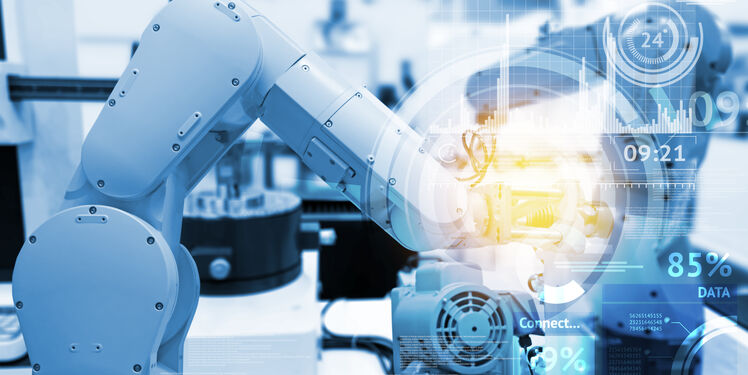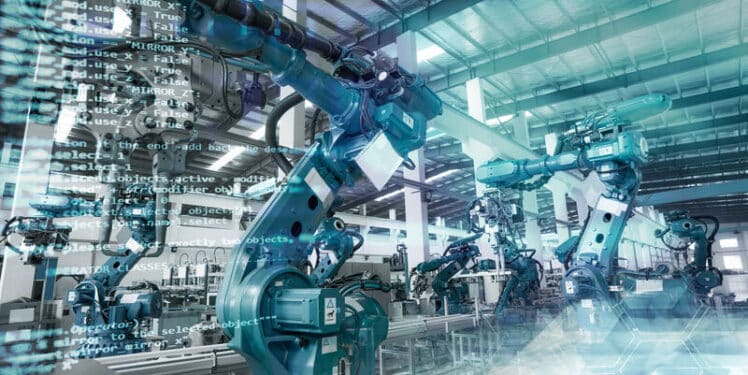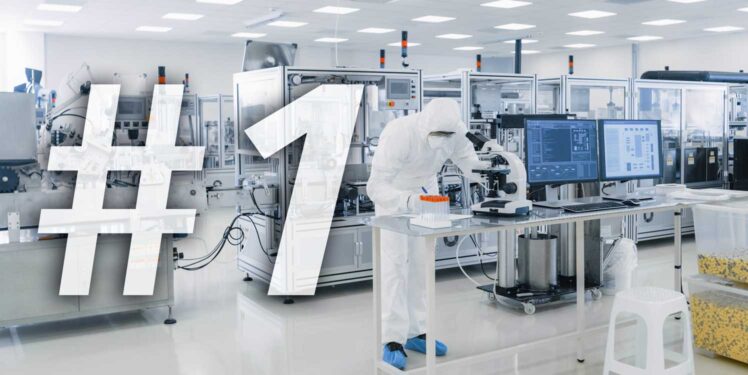Engineering Physical AI: How Digital Twins and Simulation are redefining Embedded Intelligence
Artificial Intelligence is no longer confined to the digital realm. Beyond generating text, images and code, AI is increasingly operating in the physical world – perceiving, reasoning, acting and adapting in real time. This new frontier is known as Physical…


